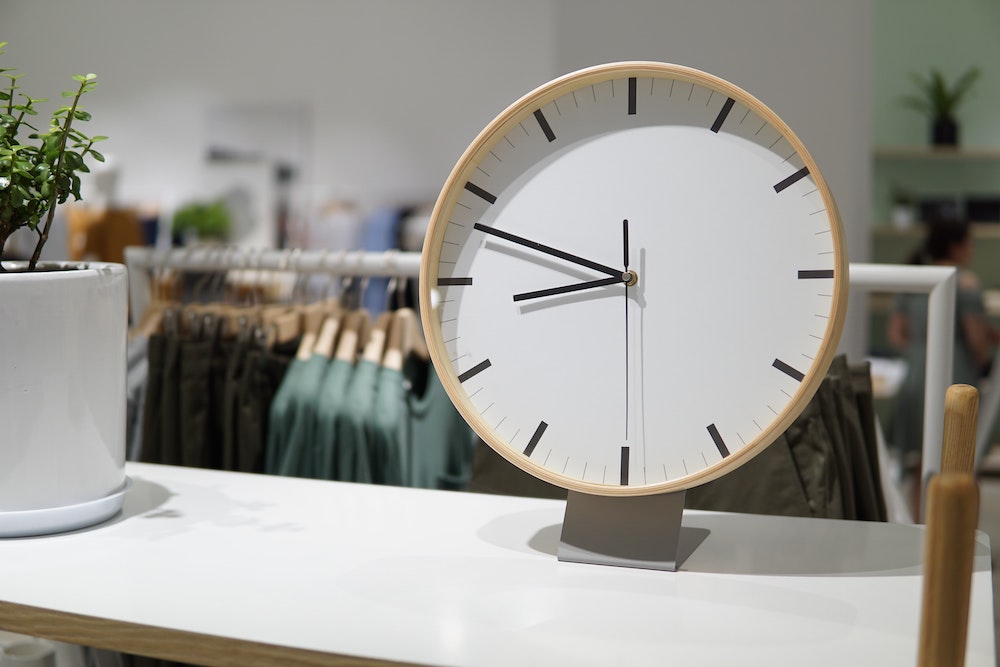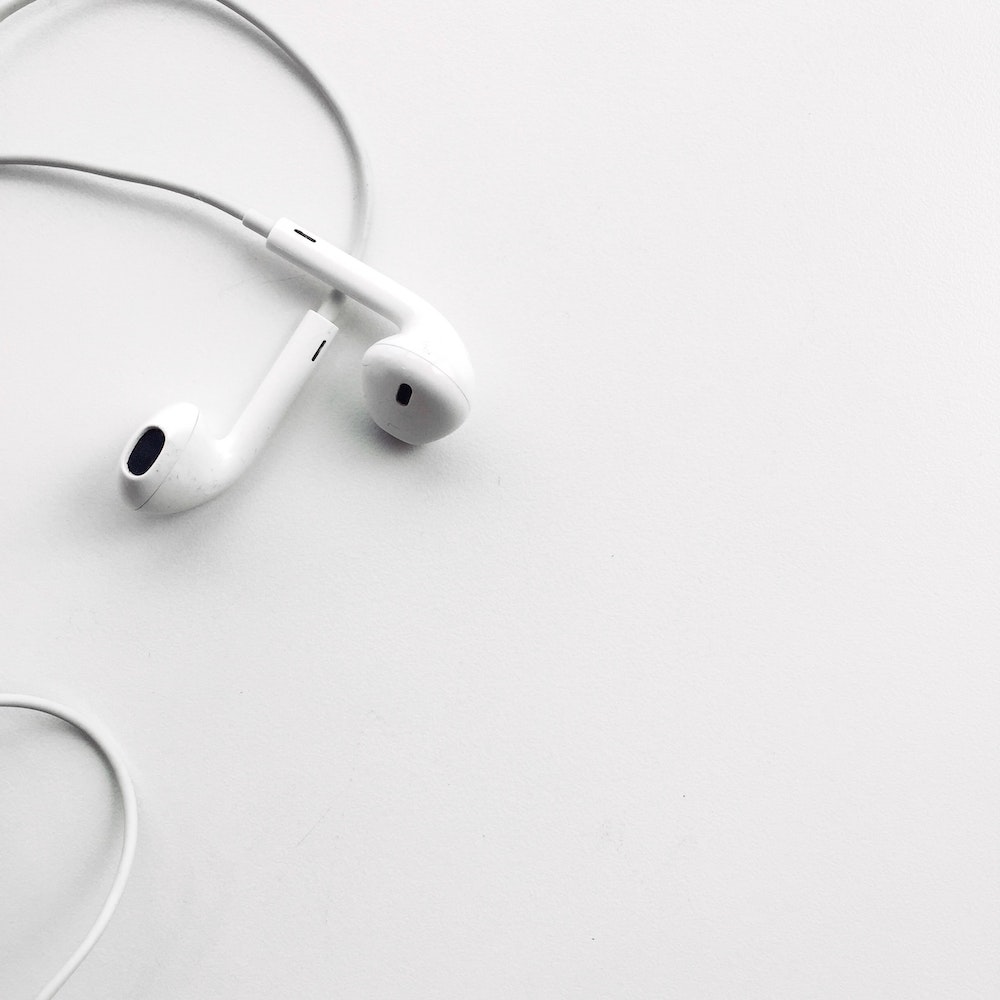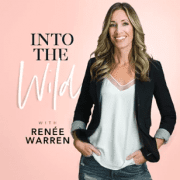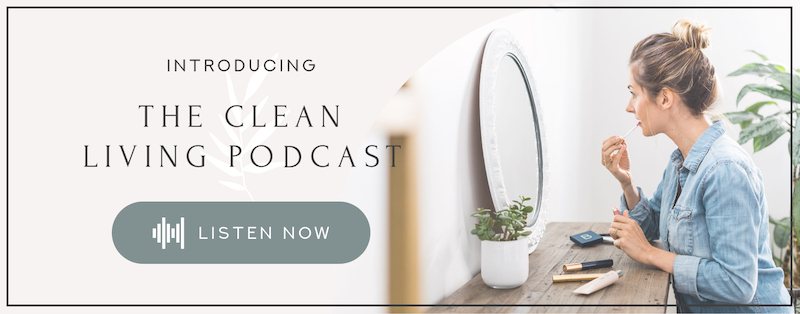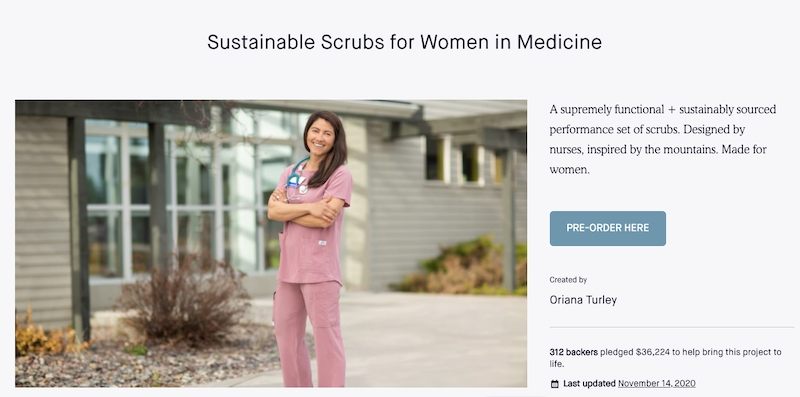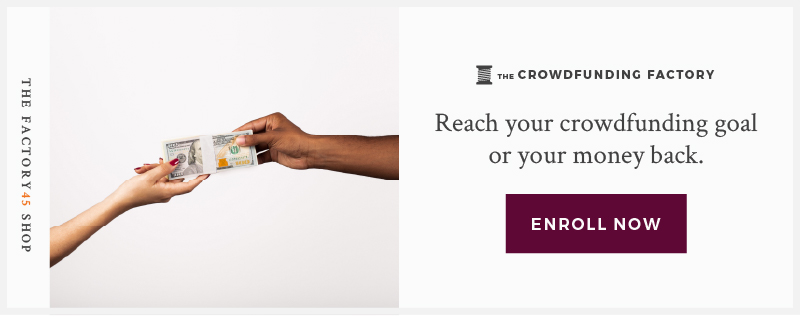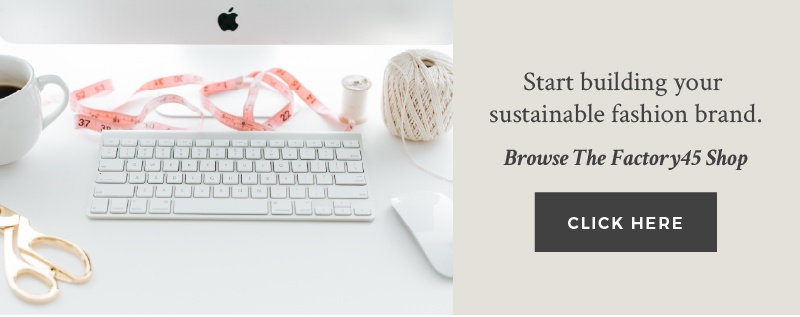I could feel the heat rushing to my face and my voice beginning to shake.
I was on a Zoom call with a DEI consultant to discuss the blind spots and racial biases within the Factory45 program.
I had actively sought this out, but it didn’t diminish how uncomfortable I felt.
I started rambling off about how I wanted my company to be a part of the solution, instead of perpetuating the problem, with a list of all of the things I was personally doing to fight racial injustice.
The consultant stopped me and simply said, “Stay in your lane.”
She went on to explain that it’s not my place to try and single-handedly aid racial justice reform.
Instead, she asked, “How can you create impact within your industry or area of expertise?”
“Go deep,” she said. “Not wide.”
And that’s what I’ve been grappling with all summer.
So, I did what I always do when I don’t have the answers…
I spent three months immersed in research: I took courses, I enrolled in programs, I read books, I watched webinars…
And in mid-August, over a conversation with my sister, I figured out what I need to do next.
Will it solve racial inequality? No.
But it will be accessible and inclusive to all people, in a way that improves their lives and helps to create a more sustainable world.
In a follow-up email from the consultant I worked with, she wrote:
“We connected your DEI (Diversity, Equity & Inclusion) work to eco-living, which seems to be the area you are most confident.”
Eco-Living. Not just eco-fashion?
It was at that moment I realized…
This is my lane.
I can do so much more beyond fashion.
Ten years ago, sustainable fashion was the first step I took into the world of sustainable living.
But in that decade, there were other topics that I researched, learned and applied to my own life: whether it was food, or shampoo, cleaning supplies or deodorant.
While eco-fashion is niche and at times exclusive, eco-living is something that can benefit anyone and be inclusive to everyone.
It’s no secret that we are at a turning point in how we live. The pandemic has put a spotlight on the myriad issues within our healthcare system, education and yes, racial inequality.
It’s also no secret that COVID-19, as well as diseases like breast cancer and diabetes, disproportionately affect the Black community and people of color.
While social distancing and mask-wearing are the repeated calls to action (and important to stop the spread of germs), we can protect our own health with greater access to clean living education.
I’m not talking about eating right or exercising daily.
I’m talking about education when it comes to the ingredients in the products we use, wear and apply to our bodies daily.
There is so much that we don’t know about the products we use every day — we don’t know what brands to trust, which ingredients to avoid, what to switch to and which companies are greenwashing a lie.
For most people, it’s overwhelming to sift through research about toxins and parabens when we’re all just trying to make it through the day, put dinner on the table and get the kids to bed.
But here’s the thing: eco-living, clean living, sustainable living (whatever you want to call it) is more important than most of us know.
It’s not just about being kinder to our environment — it’s about being kinder to ourselves.
And I want to share the easy changes I’ve made over the years that, in most cases, don’t cost more money or require that much more effort.
So, that’s what I’m working on this Fall — a passion project called The Clean Living Podcast.
I realized there wasn’t a podcast out there with easy-to-digest, no-shame tips about detoxing your home, food and beauty products.
So the episodes will be less than 10 minutes with one quick tip that you can listen to while making dinner, folding laundry or waiting for someone to join a Zoom call ; )
In the coming weeks, I’ll share more about what’s gone into creating the show.
I’ll also introduce you to the people I’ve been working with and probably ask for your input and opinions on some things.
To be honest, this has been one of the hardest projects I’ve worked on in a long time, but it’s something I know I need to do. So:
The Clean Living Podcast launches on October 21st, wherever you get your podcasts.
P.S. And no, I’m not abandoning sustainable fashion : ) Factory45 will open again in May 2021 and I’m still working hard with this year’s cohort of entrepreneurs. I think this new project is simply the next phase of my life’s work.





